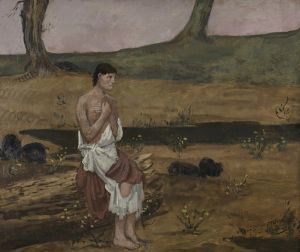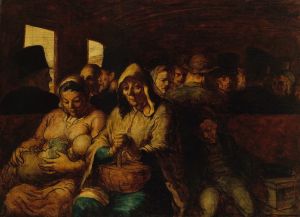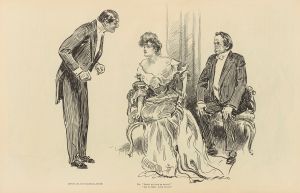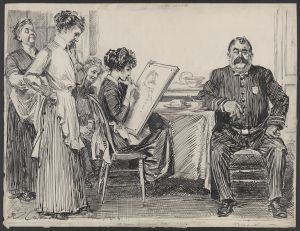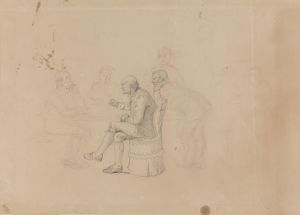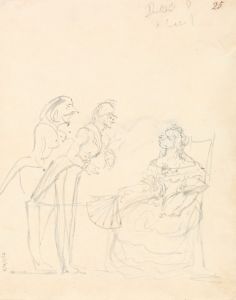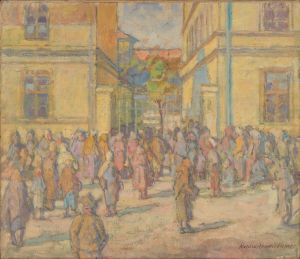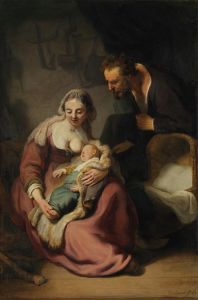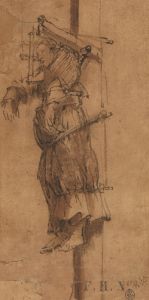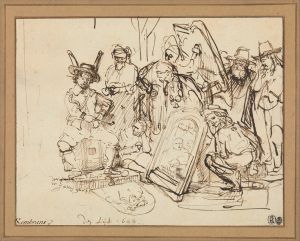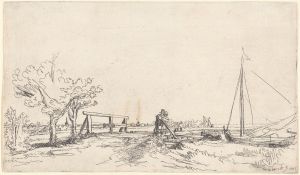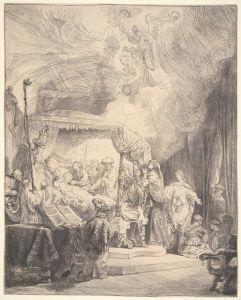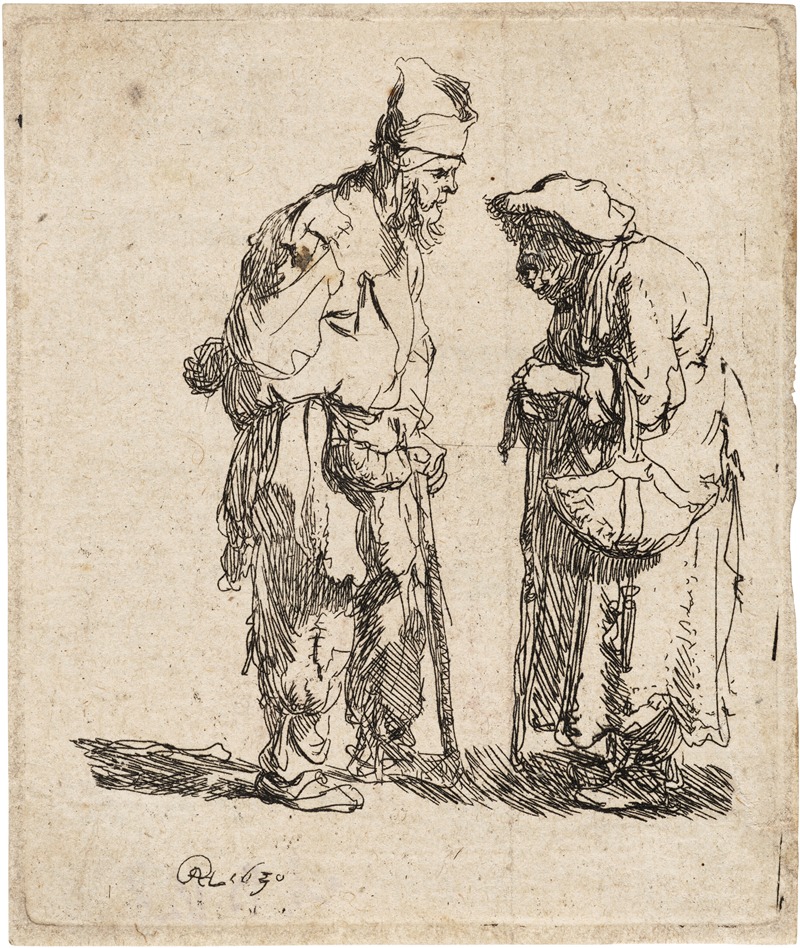
Beggar Man and Beggar Woman conversing
A hand-painted replica of Rembrandt van Rijn’s masterpiece Beggar Man and Beggar Woman conversing, meticulously crafted by professional artists to capture the true essence of the original. Each piece is created with museum-quality canvas and rare mineral pigments, carefully painted by experienced artists with delicate brushstrokes and rich, layered colors to perfectly recreate the texture of the original artwork. Unlike machine-printed reproductions, this hand-painted version brings the painting to life, infused with the artist’s emotions and skill in every stroke. Whether for personal collection or home decoration, it instantly elevates the artistic atmosphere of any space.
"Beggar Man and Beggar Woman Conversing" is an etching created by the renowned Dutch artist Rembrandt van Rijn. This artwork is part of Rembrandt's extensive body of work in printmaking, which he pursued alongside his painting career. Rembrandt is celebrated for his innovative techniques and his ability to capture the human condition, and this etching is a testament to his skill in portraying the lives of ordinary people.
The etching depicts two figures, a beggar man and a beggar woman, engaged in conversation. Rembrandt's interest in the lives of the poor and marginalized is evident in this work, as he often chose subjects that were not typically considered worthy of artistic representation during his time. The etching is notable for its detailed and expressive depiction of the figures, showcasing Rembrandt's mastery of line and shading to convey texture and emotion.
Rembrandt's etchings are characterized by their intricate detail and the use of chiaroscuro, a technique that employs strong contrasts between light and dark to create a sense of volume and depth. In "Beggar Man and Beggar Woman Conversing," Rembrandt uses these techniques to bring the figures to life, highlighting the folds of their clothing and the expressions on their faces. The etching captures a moment of interaction between the two figures, inviting viewers to ponder their conversation and the circumstances of their lives.
This work is part of a larger series of etchings by Rembrandt that focus on beggars and the impoverished. These works reflect the artist's fascination with the human condition and his empathy for those on the fringes of society. Rembrandt's choice to depict beggars was unconventional for the time, as art in the 17th century often focused on religious, historical, or portrait subjects. By choosing to portray beggars, Rembrandt challenged the norms of his era and expanded the scope of subjects considered suitable for art.
The etching was likely created in the 1630s, a period when Rembrandt was actively experimenting with printmaking techniques. During this time, he produced numerous etchings that explored a variety of themes, from biblical scenes to landscapes and genre scenes like "Beggar Man and Beggar Woman Conversing." Rembrandt's etchings were highly regarded during his lifetime and continue to be studied and admired for their technical brilliance and emotional depth.
Rembrandt's work in etching had a significant impact on the art world, influencing generations of artists who followed. His ability to convey complex human emotions and his innovative use of the medium set a high standard for printmaking. Today, "Beggar Man and Beggar Woman Conversing" is appreciated not only for its artistic merit but also for its insight into the social realities of Rembrandt's time.
The etching is housed in various collections around the world, as Rembrandt's prints were widely distributed and collected. Museums and galleries that hold this work in their collections often highlight it as an example of Rembrandt's skill in capturing the essence of his subjects with empathy and precision.





